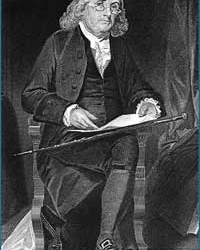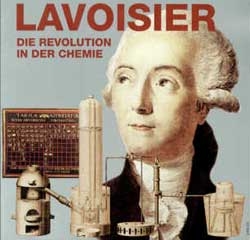For the first time since 1923, leaded gasoline has been removed from the market, with Algeria being the last country to officially eliminate this fuel type on August 30, 2021. This marks a significant milestone for global health care and the environment, but behind it lies a decades-long struggle by scientist Clair Patterson – the individual who uncovered the reports on the toxicity of lead to humans, which were completely distorted.

Leaded gasoline officially “surrendered” on August 30, 2021. (Source: Moneyshake).
Overview of Leaded Gasoline
Gasoline is a light liquid containing hydrocarbons, highly volatile and flammable, distilled from petroleum through direct distillation and cracking processes, with a density of d15= ranging from 0.70 to 0.75, characterized by a distinct smell and boiling point between 35-200°C. Gasoline is used as fuel for internal combustion engines, carburetor types, or gasoline engines, and has many other applications. Leaded gasoline can be simply understood as gasoline mixed with a small amount of tetraethyl lead (C2H5)4Pb, which increases the fuel’s octane rating, leading to approximately 30% savings in gasoline consumption. However, when burned in engines, lead oxide produced adheres to exhaust pipes and cylinder walls. In practice, a substance called 1,2-dibromoethane (CH2Br-CH2Br) is also mixed into gasoline to convert lead oxide into the more volatile salt PbBr2, which escapes from the cylinder and exhaust, causing environmental pollution and adverse health effects.
In the early 1920s, lead began to be added to gasoline to improve engine performance, making automobile engines run smoother and quieter. However, four years later, a warning was issued when five workers were declared dead and dozens more were hospitalized due to seizures at a refinery operated by the American oil company Standard Oil. Despite this, lead continued to be added to gasoline globally. By the 1970s, developed countries began to phase out this type of fuel. Three decades later, in the early 2000s, there were still 86 countries in the world using leaded gasoline.
According to a statement from the United Nations Environment Programme (UNEP) on August 30, 2021, Algeria, the last country using leaded gasoline, officially eliminated this fuel type. “This is a significant milestone for global health care and the environment. It is also the sweet fruit of a decades-long advocacy journey,” said Inger Andersen, Executive Director of UNEP, to the press.
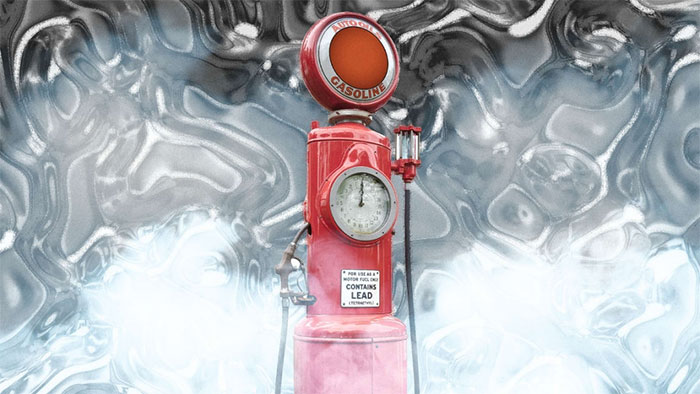
Algeria is the last country to use leaded gasoline. (Source: Maudib/iStock).
Clair Patterson – The Pioneer of “Unleaded” Gasoline
Cameron Patterson, born Clair Cameron Patterson (6/1922 – 12/1995), was an American geochemist who worked at the California Institute of Technology (Caltech). In the 1940s, Willard Libby at the University of Chicago (who won the Nobel Prize in 1960) proposed a method for dating using radioactive carbon, allowing scientists to accurately date bones and organic artifacts. He assigned this project to Clair Patterson, who was then a graduate student working on his dissertation, promising that this method could determine the age of the Earth. After seven years of persistent sample searching, in the spring of 1953, he discovered and measured trace amounts of lead and uranium in a crystal. He also determined the age of the Earth to be 4.55±0.07 billion years, a figure that is still recognized today. More importantly, Patterson discovered that the toxicity of lead to humans was completely distorted. This was also the reason why, for 40 years, research on lead toxicity was exclusively funded by lead additive manufacturers.
From this point on, the removal of lead from gasoline became the lifelong research goal of Patterson, declaring war against the highly profitable lead industry. Patterson’s work on this subject led to a reevaluation of the entire development of industrial lead concentrations in the atmosphere and the human body.
Patterson’s next campaign was to ban tetraethyl lead in gasoline and lead solder in food cans. Due to the interests at stake, many energy corporations at that time pressured him, and even the board members of Caltech, where Patterson worked, faced similar fates. As a consequence, in 1971, Patterson was removed from the National Research Council, where he was responsible for investigating lead poisoning and was a leading expert. Nevertheless, due to Patterson’s persistence and great courage, the “Clean Air Act” was passed in the United States in 1970, and in 1986, a ban on the sale of leaded gasoline was enacted in the U.S. Immediately, lead levels in the blood of Americans dropped by 80%, and it was only in 2001 that this was officially acknowledged.
Clair Patterson passed away in 1995 without receiving any recognition. Two famous geological books about determining the age of the Earth even misspelled his name, and in early 2001, an article in Nature mistakenly referred to Patterson as a female.
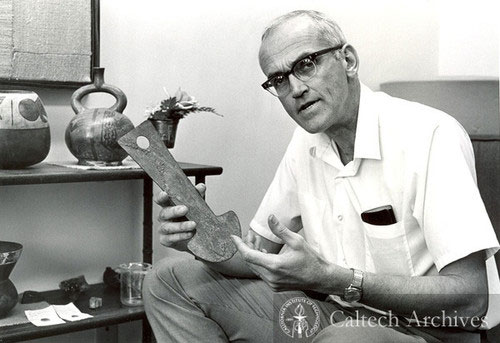
The removal of lead from gasoline became the lifelong research goal of Clair Patterson. (Source: Calisphere).
The Controversies Surrounding Clair Patterson’s Role
Clair Patterson: The “Mother” of Unleaded Gasoline
According to the U.S. Energy Information Administration (EIA), if the “father” of leaded gasoline is Thomas Midgley Jr., then the “mother” of unleaded gasoline is Clair Patterson. Until 1996, leaded gasoline was considered legal in the U.S., as it powered cars for most of the 20th century before the health dangers posed by lead were discovered by science. After uncovering the negative impacts of lead on human health and the environment, unleaded gasoline was introduced. This historic energy shift would not have occurred without Clair Patterson’s controversial scientific work, and leaded gasoline could have persisted indefinitely.
According to Mental Floss, the benefits of leaded gasoline are clear to everyone, but the harms are not always apparent to all. It was seen as a “heaven-sent” gift in the 1920s when people began adding lead to gasoline. It made car engines run smoother and quieter, was cost-effective, and became popular among American consumers. However, according to the Mayo Clinic, the harms of lead poisoning are severe; even a small amount can cause lasting damage. Tetraethyl lead found in gasoline can cause hallucinations and severe convulsions, and can quickly kill a person upon skin contact. Lead poisoning in children can lead to lifelong issues such as developmental delays, seizures, and memory and learning problems.
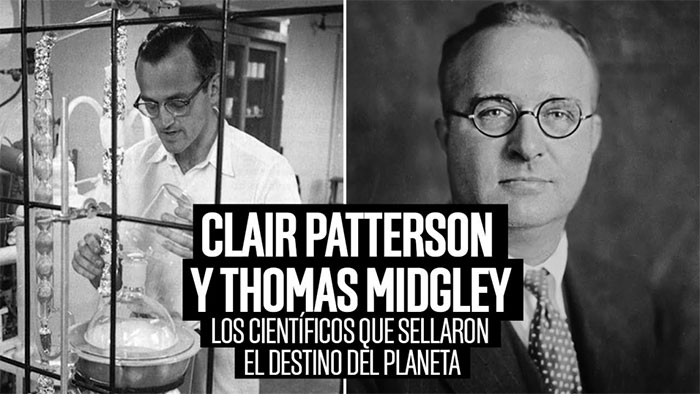
Clair Patterson and Thomas Midgley Jr. – the supporter of unleaded gasoline and the backer of leaded gasoline. (Source: Youtube)
Discovering the Toxicity of Lead in Gasoline from Meteorite Research
Although science warned that lead could adversely affect the environment and all living beings on the planet, for many decades, lead poisoning remained ignored by public opinion. As a smart student interested in science, Patterson was recruited to work in a military laboratory after graduating from college. He began designing a mass spectrometer to separate isotopes to create enriched uranium. However, Patterson’s work contributed to the development of bombs used in Hiroshima and Nagasaki during the Manhattan Project in the 1940s, leading him to quietly leave the field of science.
According to CalTech, around 1953, Patterson managed a project measuring the isotopic composition of lead found in a meteorite. His significant work proved that the Earth is over 4.5 billion years old. This groundbreaking discovery is still recognized today. After studying lead levels for the Earth dating project, Patterson continued researching lead throughout the 1960s and identified four common types of lead, discovering trace lead present in everything.
After moving to California for research, Clair Patterson found lead floating on the ocean surface and was shocked to see lead levels at the mountain tops were 100 times higher than in ocean water. Patterson concluded that atmospheric lead levels in California were at least 1,000 times higher than permissible levels. He was so concerned about these findings that he dedicated the rest of his life to studying, advocating for the dangers of lead, and striving to eliminate it from as many products as possible. In 1965, Clair Patterson published a study titled “Contaminated and Natural Lead Environments of Man”, which unfortunately, instead of being celebrated, sparked outrage among interest groups.
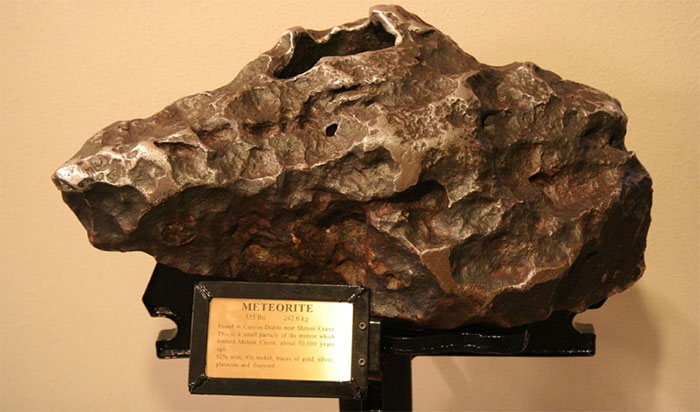
Discovering the toxicity of lead in gasoline from meteorite research. (Source: Lindahall).
Who Was Clair Patterson’s Strongest Opponent?
According to Mental Floss, among Patterson’s critics, Robert Kehoe was one of the most formidable. The reason was that Kehoe’s laboratory exclusively researched tetraethyl lead, and he had the backing of banks and major oil companies like DuPont and General Motors. Some of Patterson’s studies were funded by oil companies, but he was more focused on science and truth. Consequently, Patterson took the risk of publishing his work, and the repercussions were immediate: he faced cuts in research funding and lost collaboration with organizations like the Public Health Service (PHS) right after his research was published.
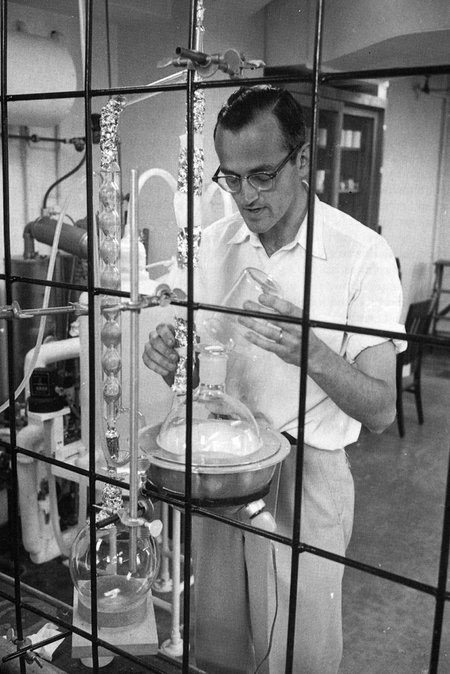
Clair Patterson – a dedicated scientist remembered for his contributions in exposing the dangers of leaded gasoline. (Source: Caltech).
According to NAS Online, in 1971, the National Research Council of the United States wrote a report for the Environmental Protection Agency about the dangers of lead pollution in the air, but unfortunately, Patterson’s research was overlooked. However, that did not stop him from advocating for the elimination of lead and raising public awareness about high-lead foods, such as tuna, by the late 1970s. As reported by OpenMind BBVA, scientists were not the only ones who were “angry” about Clair Patterson’s findings; a missionary even knocked on Patterson’s door to warn him that he would go to hell for his discoveries.
Despite his significant contributions and lifelong dedication to science, Patterson remained a controversial and forgotten figure in his later years. In the 1980s, disillusioned by the harm humans caused to the environment, he began writing a book advocating for population control. Clair Patterson passed away in 1995, the same year he was awarded the Tyler Prize for Environmental Achievement. This was the last award given to a dedicated scientist who would be remembered by the public.
For instance, Kehoe argued that a worker’s blood level should not exceed 80 micrograms of lead per deciliter of blood. This meant that if a worker had 65 micrograms of lead per deciliter of blood, they were considered safe. In contrast, Patterson argued that the truth was distorted, and today we know that just 5 micrograms per deciliter of blood is already too high compared to the safety threshold, although in the early 20th century, it was considered safe, possibly due to ignorance or willful denial.
According to NAS Online, although Patterson helped bring about change, the bureaucratic and sluggish nature of the system meant that progress was slow. Lead began to be phased out of gasoline supplies in 1973, but it was not completely eliminated for another 14 years. While gasoline was a significant pollutant, public awareness of lead increased over time, leading to its removal from old water pipes and household paints due to the risk of lead poisoning even at low levels. Meanwhile, Robert Kehoe spent years covering up the high levels of lead among oil company workers by ignoring or distorting the harmful effects of lead.








































